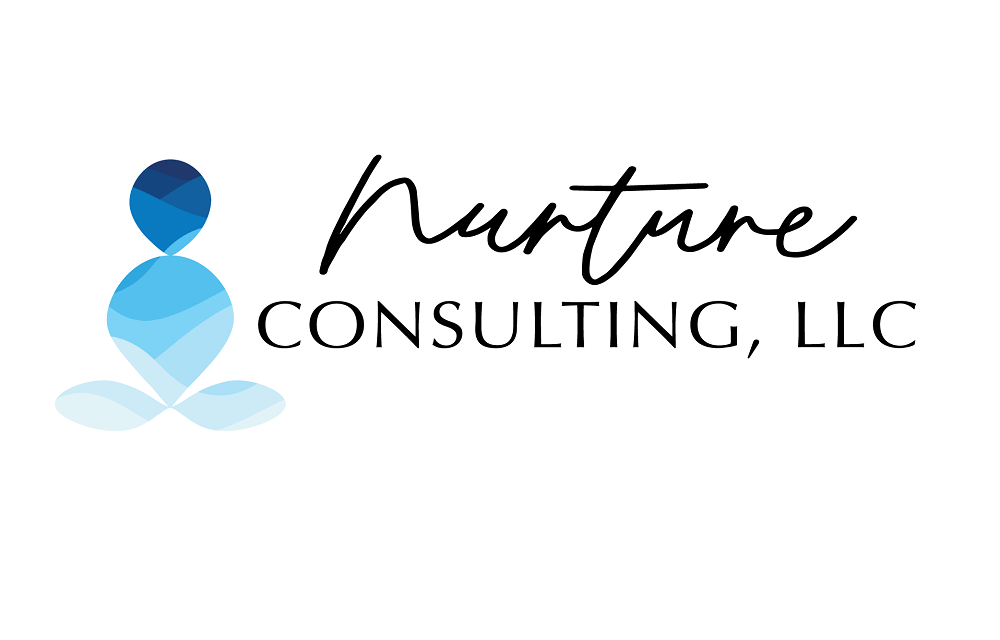Nurture Notes- April 17, 2019
Photo via Unsplash free stock
Quick! Answer the following question without thinking about it- what words do you equate with exercise?
If you answered pain, embarrassment, exhaustion, punishment, drudgery, or the like, you are not alone. Many people exercise not because they enjoy being physically active, but because they “should”, their doctor told them to, their eating disorder told them to, they think exercise will help them lose weight (or prevent weight gain), or they are trying to achieve a body type they don’t naturally possess. Unfortunately, when the purpose of exercise is to burn calories, lose weight, or achieve a “perfect” body what usually follows are bitter disappointment from minimal (or complete) lack of results, burnout, and then no more exercise. Exercising for instrumental reasons like weight loss disconnects you from being in your body, makes physical activity a chore rather than an enjoyable experience, and puts the focus on an outcome that is almost certainly unattainable. So, what then, is exercise good for?
Good news- quite a bit! Regular exercise not only reduces health risks like cognitive decline, depression, heart disease, osteoporosis, etc., but also improves quality of life (e.g., mood, energy level, strength, balance, stamina, stress level, sleep quality, appetite regulation, lean body mass, etc.). A clearer mind, less depression, less stress, better sleep, and feeling stronger are just a few of the reasons exercise is wonderful. I have an old friend who says that exercise is her “Vitamin E” and I agree! Another piece of good news is that moving your body can include anything and everything from daily chores and gardening to a neighborhood walk to training for triathlons. Picking the right activities for your interests, your life, your abilities, your financial means, etc. is really important.
A few other benefits of exercise are: making yourself (and your health if that’s important to you) a priority, a sense of accomplishment in making your self-care a priority, developing perseverance in overcoming barriers, connecting with others, getting in touch with nature (if you exercise outdoors), and the pure enjoyment of being in your body.
When we don’t move (whether by circumstance or lack of ability) we can develop stiffening of the joints, instability, pain, and many other symptoms. I want to be sensitive to the fact that many people may not have full use or feeling in their bodies, are overcome with physical pain, or have other life circumstances or conditions that limit or prevent any kind of movement. Movement is not just for the able-bodied. Sometimes movement can be in the form of passive joint range of motion, gentle stretching, or the like.
Movement is important; yet, many people have painful memories associated with exercise, especially instrumental exercise. What if we changed the focus of exercise to enjoyment and the goal to self-care? How would that feel? Here are some starter questions to get you “moving” in the direction of changing your relationship to exercise*:
1. Where is exercise on your priority list right now? If you want to move exercise up the priority list, what’s standing in your way? How can you overcome these barriers?
2. What is your current fitness level?
3. What appeals most to you given your lifestyle and the environmental conditions where you live (e.g., weather)- indoor, outdoor, or a combination of exercise settings?
4. Do you envision yourself exercising alone, with one other person, in a group, or a combination? If you’ve felt body shame, received comments about your shape/size, or felt uncomfortable in gyms, do some research about new places/facilities that cater to all abilities, body sizes, ages, and shapes.
5. Do you prefer competitive or non-competitive activities (or a little of both?)
6. List five activities that sound fun, intriguing, or that you would like to try (or try again). Choose activities that resonate with you and that would help you feel good in your body.
7. How do you want to feel after you’ve exercised?
8. What sort of clothing or equipment will you need?
If these questions sound too overwhelming, start with moving more in your daily life (e.g., walking up a flight of stairs if you are able, stretching in your desk chair, getting up from your chair once an hour, etc.). The goal is to connect with how movement makes you feel.
Please connect with me if I can be of help as you explore exercising for enjoyment!
*If you are in recovery from an eating disorder, structured exercise may not be appropriate for you at this time. Consult with your treatment team to determine if exercise is safe or appropriate for you at this stage in your recovery.

